Big cats, a remarkable group of carnivorous mammals, are unmatched in their prowess as apex predators. Their success in the wild is largely attributed to their extraordinary stealth capabilities. Whether it’s the silent ambush of a leopard or the strategic positioning of a tiger, stealth plays a critical role in their hunting techniques and survival strategies. This article explores how big cats utilize stealth to maintain their status at the top of the food chain, delving into the fascinating methods they employ to outsmart their prey.
The Importance of Stealth in the Animal Kingdom
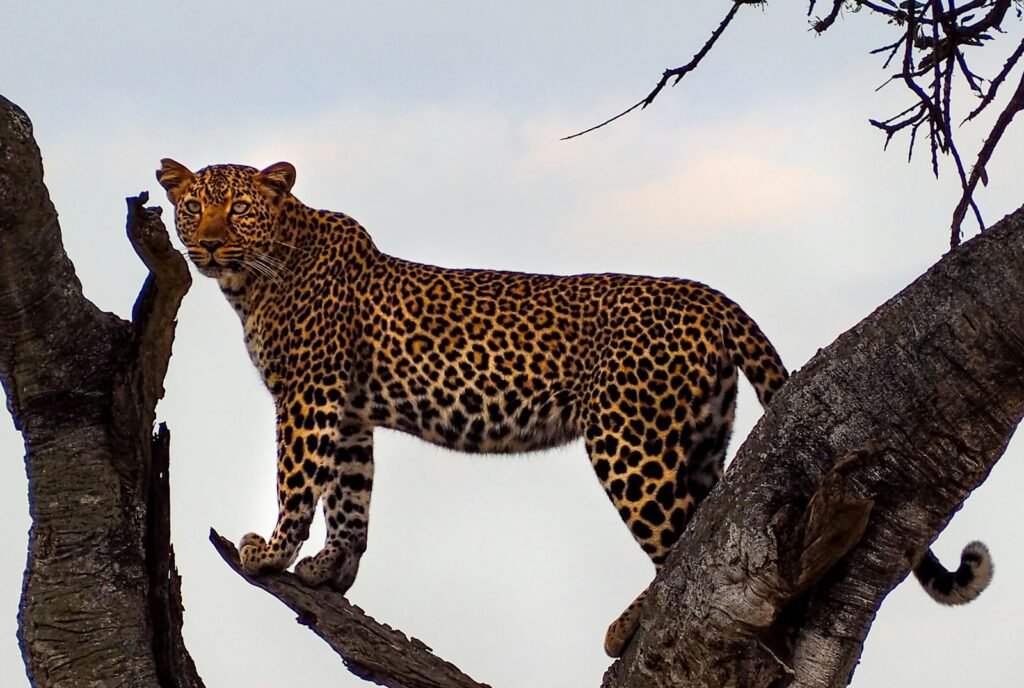
In the wild, the ability to remain undetected can mean the difference between life and death. For predators, stealth is essential for closing in on prey without alerting them. Big cats, including tigers, leopards, and jaguars, are masters of this art, utilizing various techniques to approach their targets unnoticed. This silent strategy not only increases their hunting success but also conserves their energy by reducing the need for lengthy pursuits.
Camouflage: The Art of Blending In

The enigmatic beauty of big cat coats isn’t just for allure—it’s a survival mechanism. Camouflage is crucial for enabling these predators to blend seamlessly into their natural habitats. The tawny and spotted coats of leopards and jaguars mimic the dappled sunlight filtering through leaves, while the striped pattern of tigers blends with the tall grasses and shadows of dense forests. This natural disguise allows them to get remarkably close to their prey before striking.
Silent Footsteps: The Elegance of Walking

One of the most astonishing aspects of big cats’ stealth is their ability to move almost noiselessly. Equipped with padded paws and retractable claws, these animals can tread softly through their environment. They place their feet carefully to avoid snapping twigs or rustling leaves, staying virtually undetectable until the final pounce. This silent movement is a crucial element of their hunting strategy, allowing them to approach prey with minimal disturbance.
Patience and Timing: The Hallmarks of a Skilled Predator
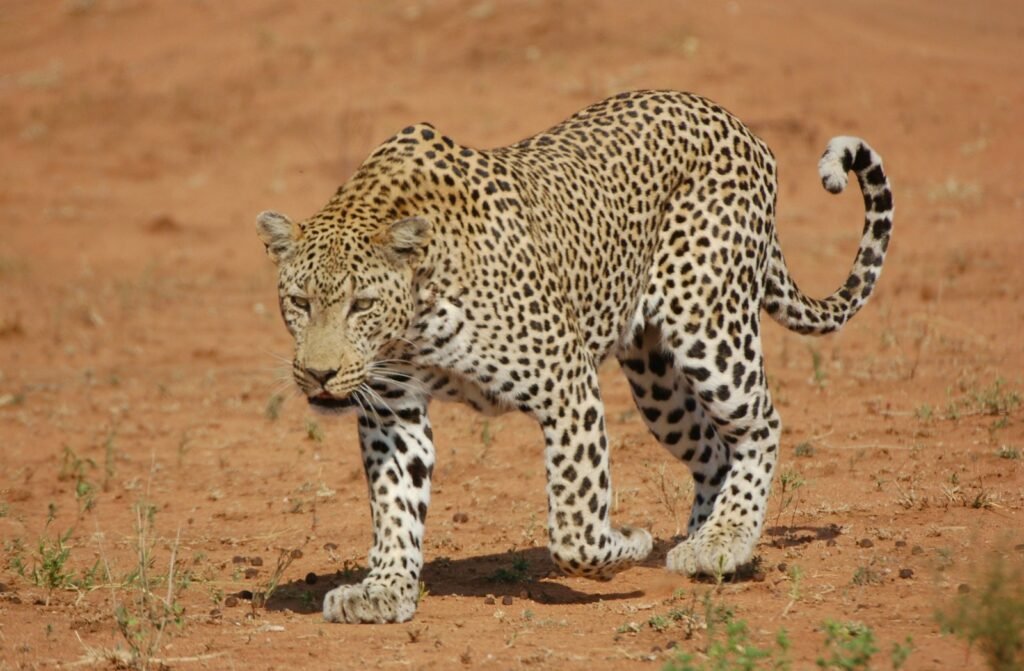
Stealth in big cats is not just about physical attributes; it also involves strategic behavior. Patience and timing are key components of a successful hunt. Large cats often spend considerable time observing their prey, understanding their patterns, and waiting for the perfect moment to strike. This adaptability demonstrates their intelligence and enhances their likelihood of a successful hunt.
Utilizing the Environment: Nature’s Advantage

Big cats are adept at using their surroundings to their advantage. Whether it’s a lion using tall grass to approach a herd unnoticed, or a leopard leaping from trees for an aerial ambush, these predators are expert manipulators of their environment. Their acute sense of vision and hearing further aids them in exploiting every geographical feature, making them unpredictably efficient hunters.
The Psychological Game: Instilling Fear

Beyond the physical techniques, big cats also wield psychological prowess. The mere presence of a lion pride or the roar of a tiger can instill fear in prey species, often causing them to behave erratically and become vulnerable. This intimidation factor, coupled with stealth, makes big cats formidable hunters.
Adapting to Prey Behavior: The Cycle of Evolution
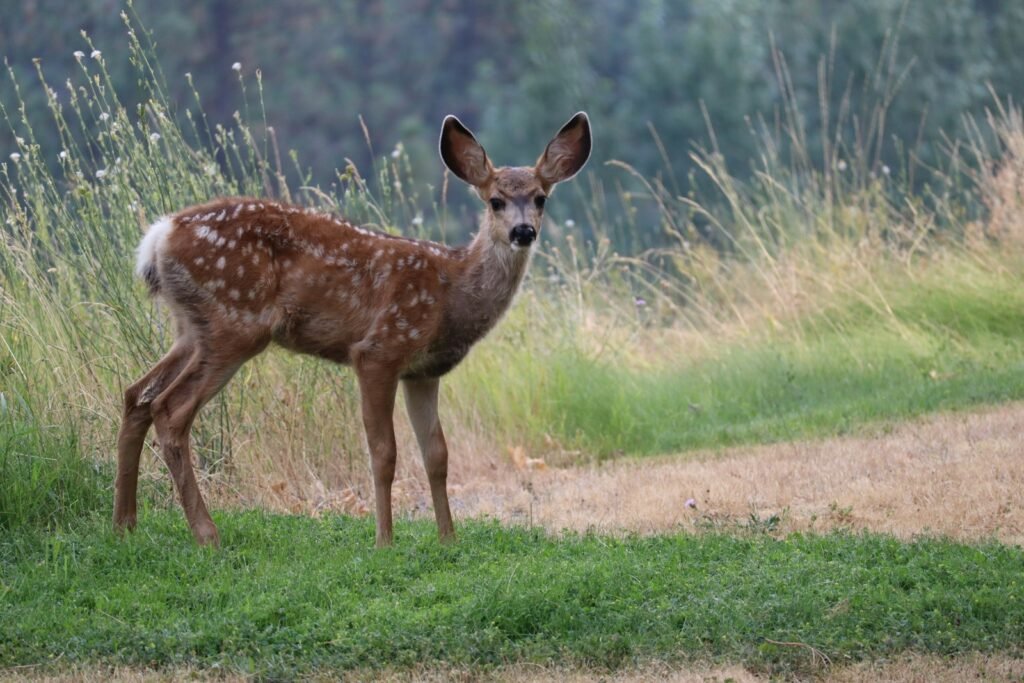
Prey animals have evolved various mechanisms to detect predators. In response, big cats have continuously improved their stealth abilities, developing enhanced sensory perceptions and refined hunting techniques. This evolutionary arms race underscores the perpetual battle between predator and prey, highlighting the continual adaptation that characterizes life in the wild.
Night Stalkers: The Advantage of Nocturnality
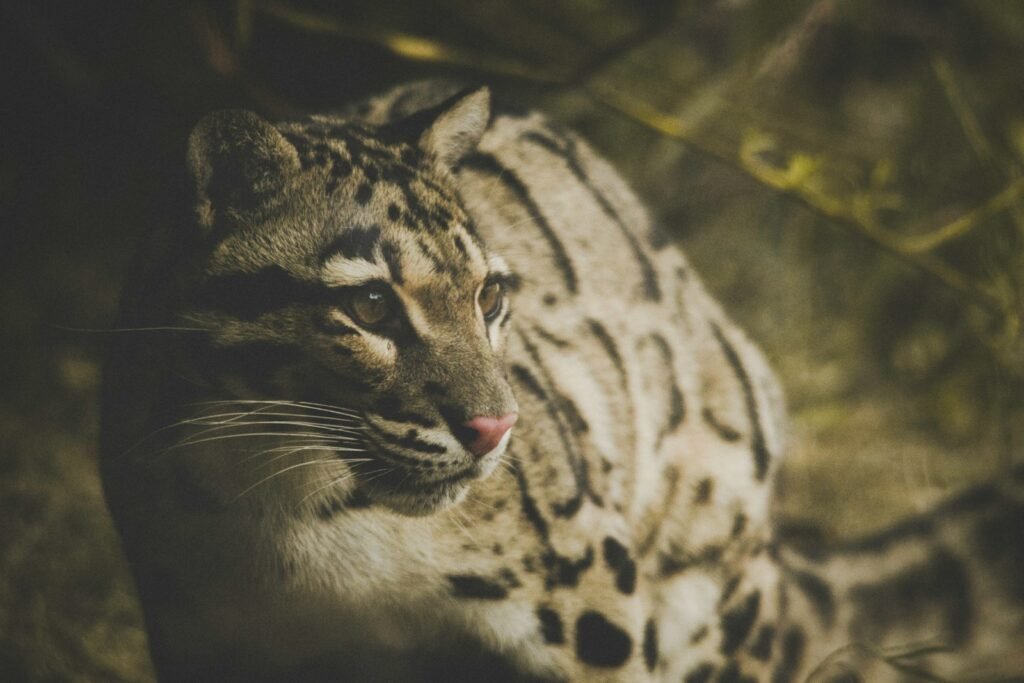
Many big cats, including tigers and leopards, are crepuscular or nocturnal, hunting predominantly at dusk or during the night when their prey is less aware. Their superior night vision gives them an edge in the darkness, enabling them to hunt efficiently under the cover of night. This nighttime hunting prowess further enhances their stealth capabilities and contributes to their apex status.
Conclusion: Masters of Stealth
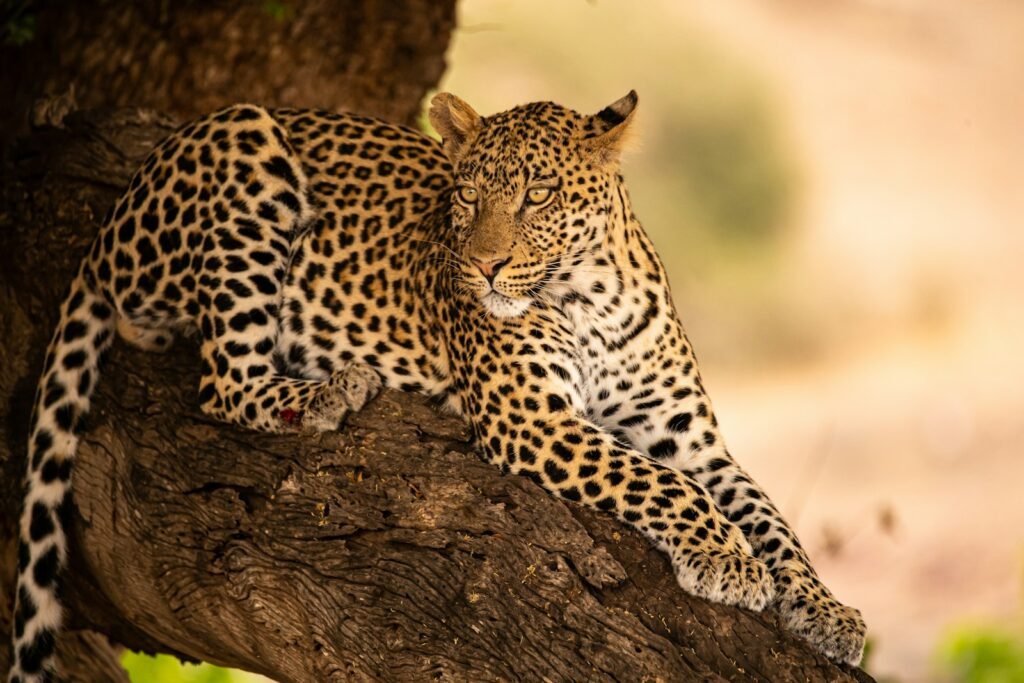
Big cats are true masters of stealth, leveraging a combination of natural adaptations, strategic behavior, and environmental savvy to thrive as apex predators. Their ability to move invisibly through their habitats, combined with their patient and calculated approach to hunting, sets them apart in the animal kingdom. As we continue to study and admire these magnificent creatures, it is their stealth that remains one of the most fascinating aspects of how they navigate the complex web of life in the wild.

Suhail Ahmed is a passionate digital professional and nature enthusiast with over 8 years of experience in content strategy, SEO, web development, and digital operations. Alongside his freelance journey, Suhail actively contributes to nature and wildlife platforms like Feline Fam, where he channels his curiosity for the Feline into engaging, educational storytelling.
With a strong background in managing digital ecosystems — from ecommerce stores and WordPress websites to social media and automation — Suhail merges technical precision with creative insight. His content reflects a rare balance: SEO-friendly yet deeply human, data-informed yet emotionally resonant.
Driven by a love for discovery and storytelling, Suhail believes in using digital platforms to amplify causes that matter — especially those protecting Earth’s biodiversity and inspiring sustainable living. Whether he’s managing online projects or crafting wildlife content, his goal remains the same: to inform, inspire, and leave a positive digital footprint.






